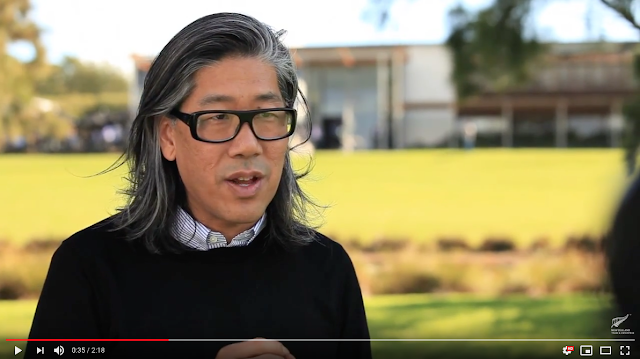Innovative ideas spread like the flu. We are more predictable than we think we are.
 |
| My 2013 professional network visualized by Linkedin Maps |
We live our lives in multiple networks, and ALL networks have a particular kind of structure. We are more predictable than we think we are.
Harvard professor Nicholas Christakis has found that "innovative ideas spread like the flu". Network Science reveals that depending on the place that you occupy in a network, you might be able to predict the future, meaning that people located at the central places in that network (pattern), would be aware of information before it gets to people situated at the edges of that network. Therefore people located at a central position and with a pattern recognition capacity, could
Predict the future of the edges (the rest of the community).
Therefore, the challenge is to recognize the edge or central position of the network you are interested in. Having the capacity to predict what might happen next also gives you the possibility to alter the future. Redesign it.
How would we do that?.
The are a set of core skills that would help, such as design thinking... and there's one foundational skill a little harder to describe (I agree with John Reaves): "I think of it as "navigation" but it might be "searching" or "sensing" or "filtering" or "critical thinking" ... basically how to make your way through today's incredibly rich, constantly increasing torrent of information, messages, sources, experiences, possibilities, opportunities, and choices to find what you want, where you'd like to go, and what is useful to you".I dare to name this "foundational skill" as Gut instinct.
Gut instinct: A trained instinct and a pattern recognition capacity it will position you at the center of the network you are interested in to connect dots, interpret how the world will evolve in the near and distant future, and project new scenarios.
Designing the future.
Pattern recognition, pattern creation and the application of ideas to systems or viceversa are the core set of skills of a design thinker. Exploring the intersection between design thinking and systems thinking could add a new Design Thinking process : A "Design-the- future-process" to solve problems that doesn't exist yet.I recommend you:
Nicholas Christakis’ TALK and
Design Thinking + Systems Thinking / Education by John Reaves
Article originally posted in 2013 in Design Thinking-in-action
Follow me on Twitter
Connect with me on LinkedIn
















